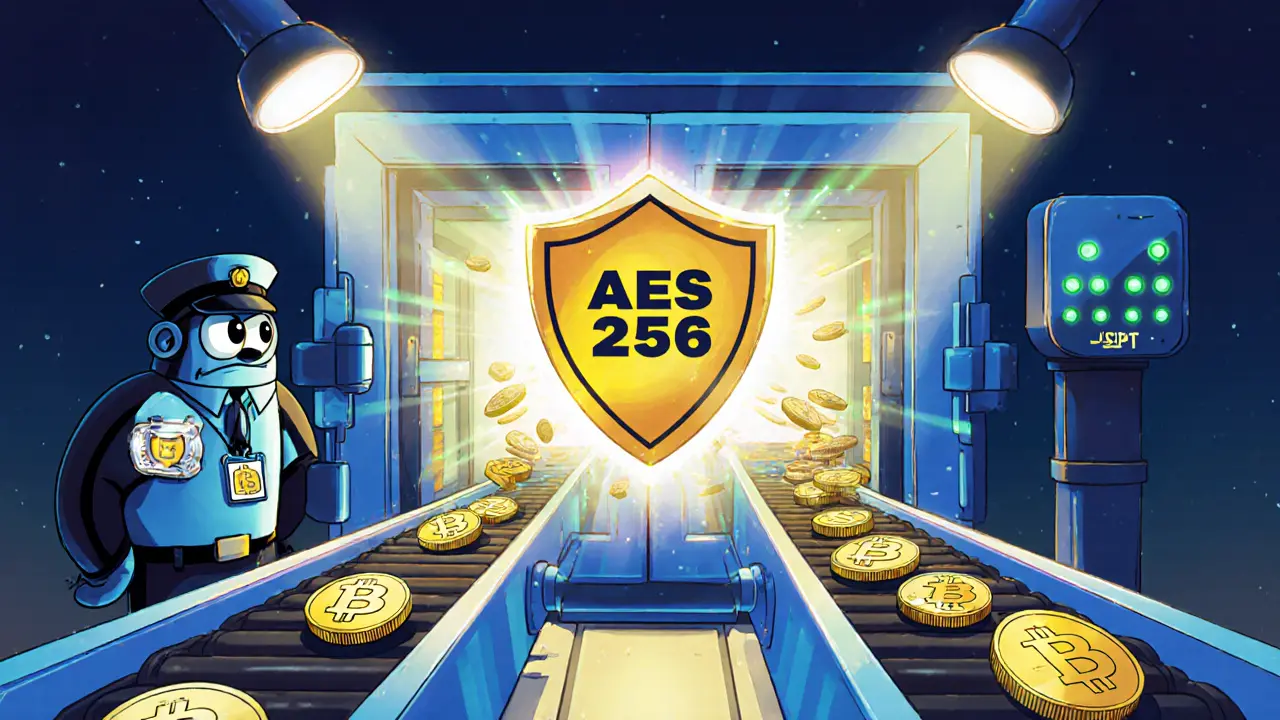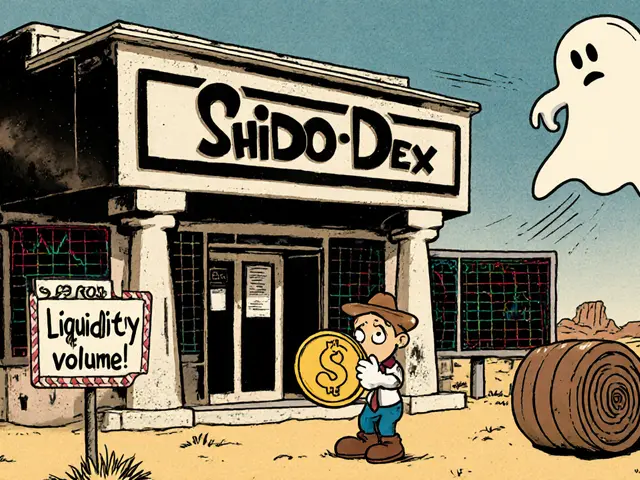Cryptocurrency Exchange Security
Cryptocurrency exchange security is the cornerstone of safe digital trading. When working with cryptocurrency exchange security, the set of measures that keep user funds, data and transaction integrity protected on trading platforms. Also known as exchange safety, it goes beyond firewalls and encryption – it includes who can access your account, how your identity is verified, and whether the platform follows the law.
Key Pillars of a Secure Exchange
One of the first pillars is KYC, a process that confirms a user’s real-world identity to block bad actors. KYC procedures are a direct subset of regulatory compliance, the adherence to local and international financial rules that every licensed exchange must meet. When an exchange nails KYC, it reduces the chance of money‑laundering and fraud, which in turn strengthens overall cryptocurrency exchange security. The second pillar, AML, anti‑money‑laundering checks that monitor transactions for suspicious patterns, works hand‑in‑hand with KYC; together they form a double‑layer defense that regulators expect. In practice, AML tools scan blockchain activity, flag large or odd transfers, and force the exchange to freeze or report them, keeping the ecosystem cleaner.
Beyond identity checks, a secure exchange runs regular security audits, employs hardware security modules (HSMs) for key storage, and adopts multi‑factor authentication (MFA) for every login. These technical safeguards are the third pillar and they directly support the first two: a breached account can instantly bypass KYC/AML rules, so strong authentication is non‑negotiable. Audits—either internal or from third‑party firms—prove that the code handling deposits, withdrawals and order matching has no hidden backdoors. Some platforms even publish their audit reports, giving users a transparent view of risk mitigation. Finally, regulatory compliance influences exchange security by dictating incident‑response plans, mandatory breach disclosures, and capital reserve requirements. When an exchange is fully compliant, it can weather a hack better because regulators have already forced it to keep reserve funds and clear communication channels.
All these elements—KYC, AML, security audits, MFA, and strict compliance—interlock to create a robust safety net. If you’re hunting for a platform, start by checking whether it clearly outlines its KYC/AML policies, shows recent audit results, and explains how it meets local financial regulations. The next sections below break down real‑world examples: reviews of specific exchanges, deep dives into regulatory landscapes in India and Nigeria, and case studies of compliance failures that led to massive penalties. By the end, you’ll have a practical checklist to evaluate any exchange’s security posture before you move a single coin.







Categories